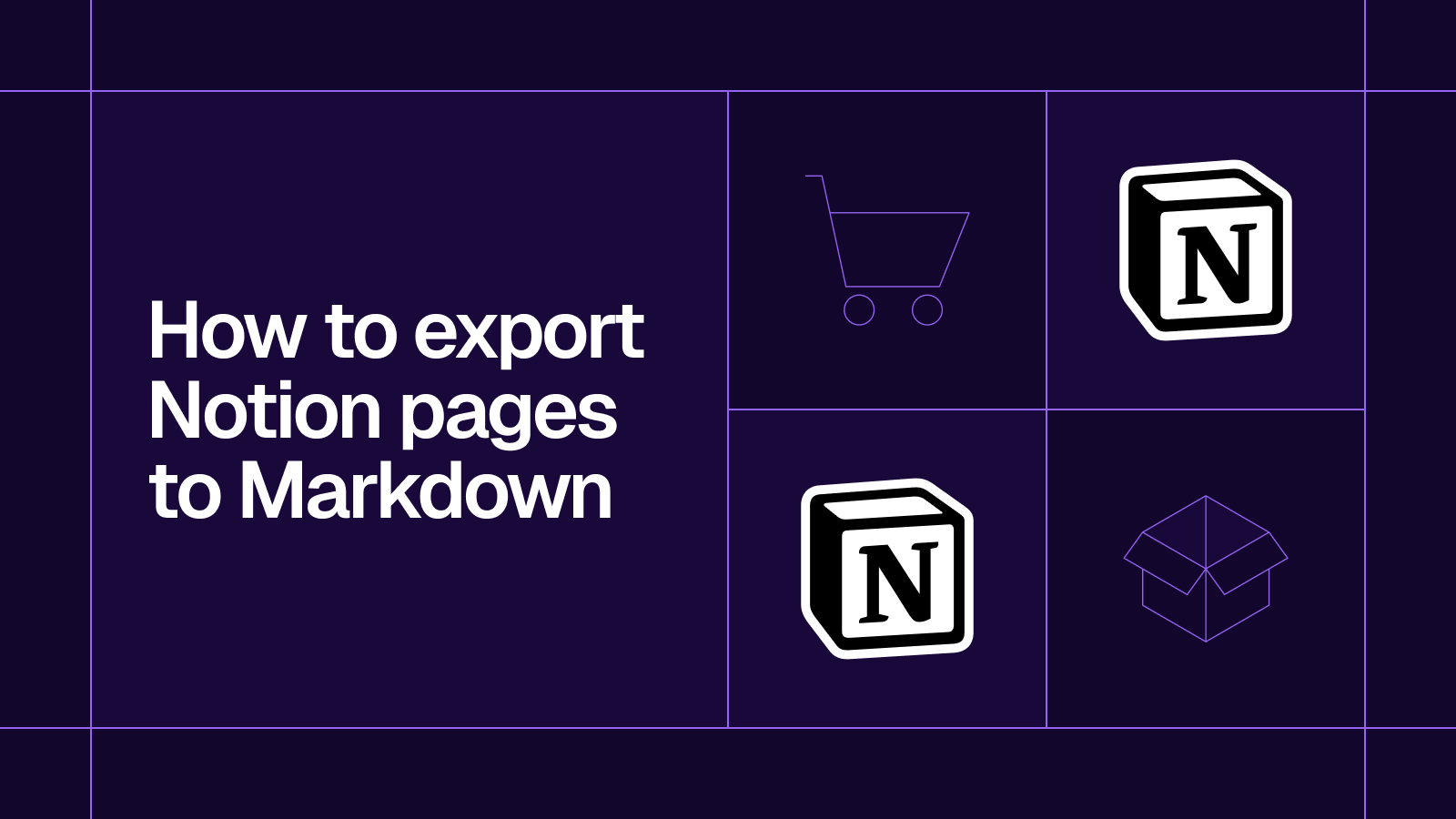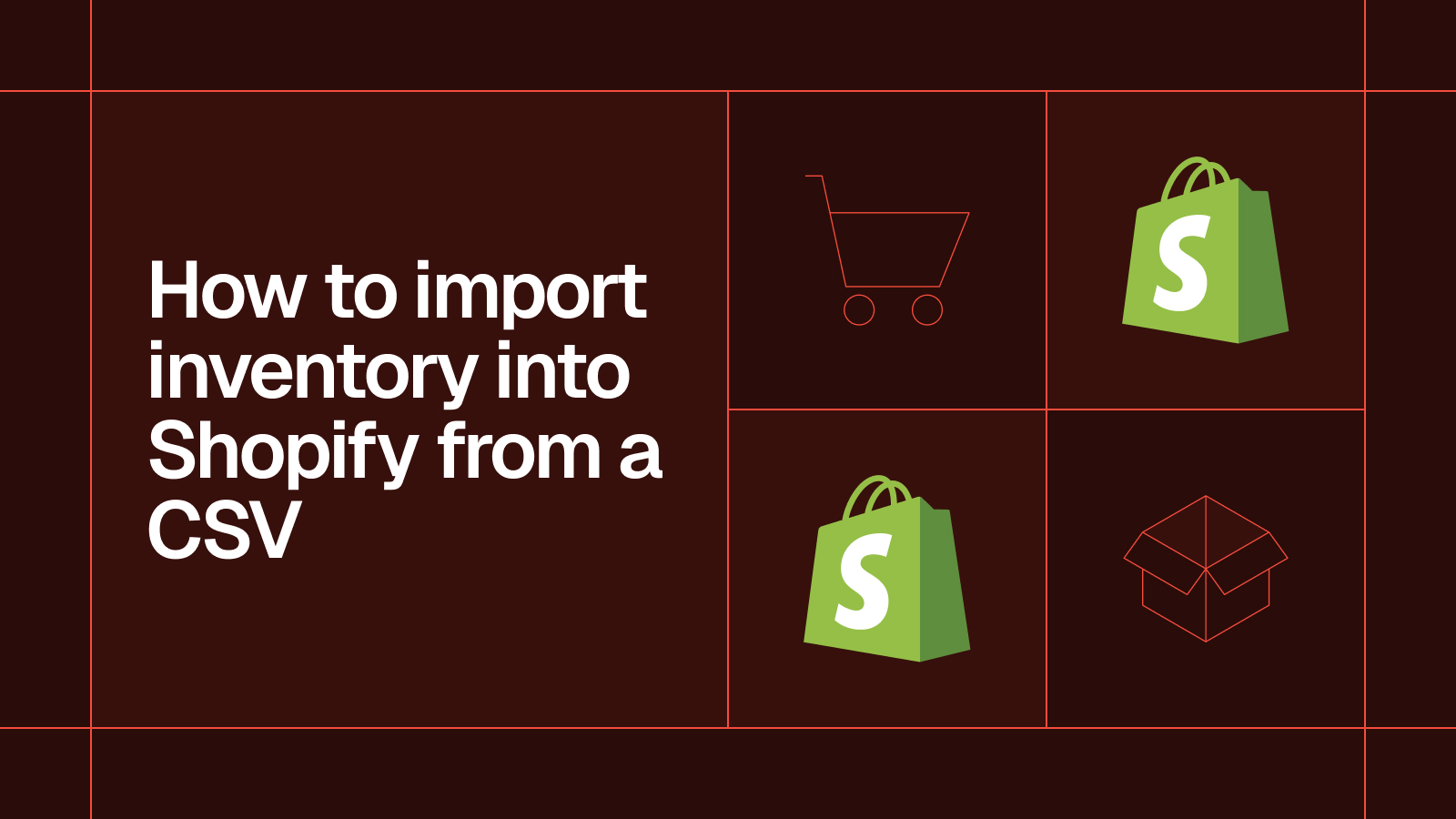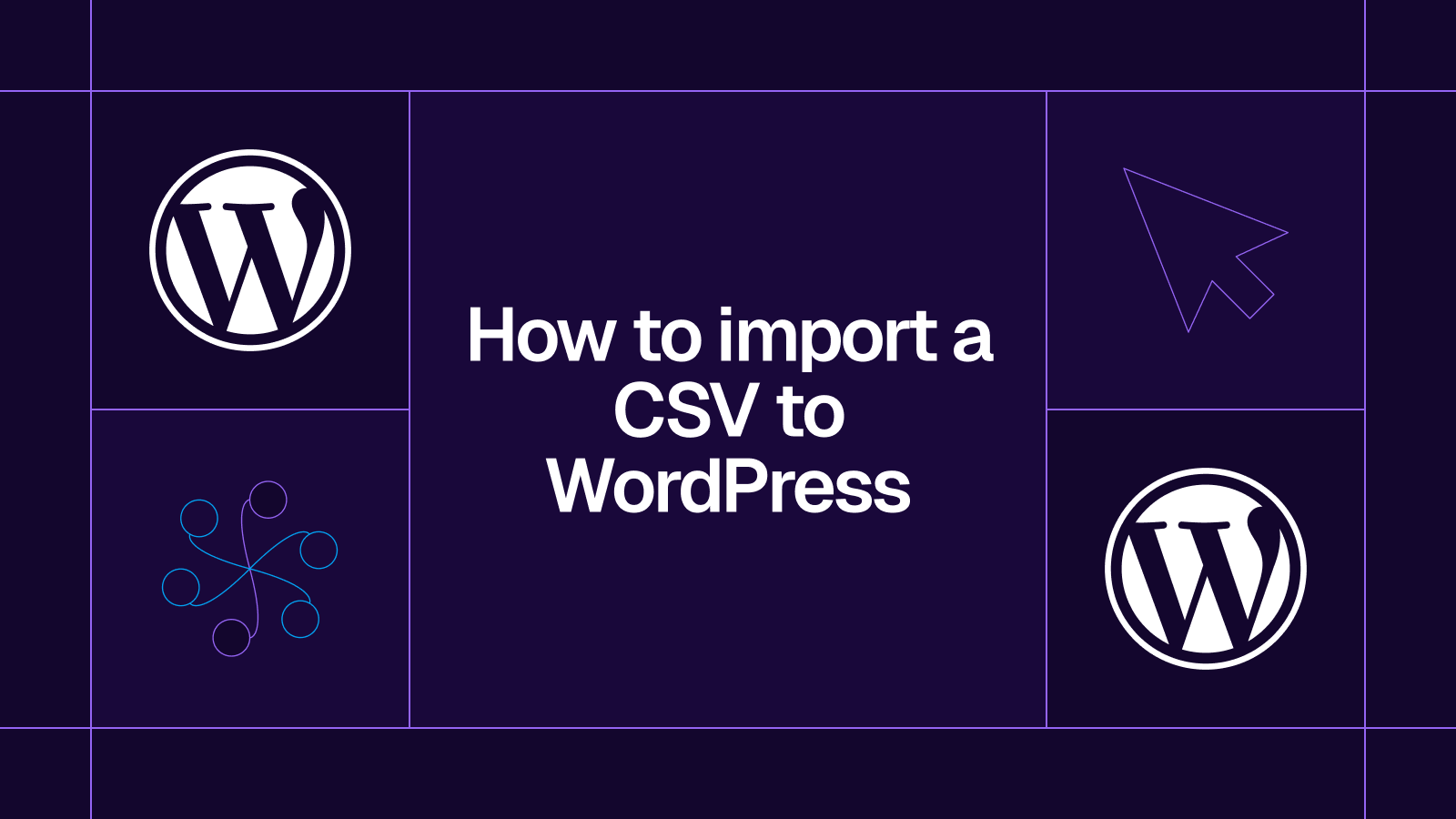How to connect and sync Airtable to Google Sheets in 5 minutes with Whalesync

How to connect and sync Airtable to Google Sheets in 5 minutes.
How to connect and sync Airtable to Google Sheets in 5 minutes with Whalesync
Airtable and Google Sheets are two of the most popular tools for managing and analyzing data, but they serve very different purposes. Airtable combines the structure of a database with the usability of a spreadsheet, combined with great collaboration features.
Google Sheets, on the other hand, is the go-to tool for number crunching, and lightweight data analysis and not so great for collaboration.
They’re both powerful in their own right, and Airtable might be the backend for your operations, you might use Airtable as your database and need to report or analyze it in Sheets. If you need your data in both Airtable to Google Sheets, you might be stuck in a loop of manual copy-pasting, constant exports, or versioning issues.
The ideal solution is to have your data in Airtable and Google Sheets without the hassle of manual uploads, exporting CSVs and versioning issues. In this blog post, we’ll walk you through how you can connect and sync Airtable to Google Sheets in five minutes.
Let’s begin.
Why should you connect Airtable and Google Sheets?
While Airtable is great for structuring and organizing data, many teams still prefer Google Sheets for its flexibility with formulas, charts, and quick number crunching. Whether you're building dashboards, calculating metrics, or running scenarios, Sheets often feels more familiar and powerful for analytical work.
When you sync Airtable to Google Sheets, you can:
- Use Airtable to collect, store, and structure clean data
- Use Google Sheets to run advanced formulas, pivot tables, or visualizations
- Eliminate manual exporting, version mismatches, and time-consuming copy-pasting
When should you connect Airtable and Google Sheets?
Here are a few common scenarios where connecting the two makes sense:
- You track data in Airtable but analyze it in Sheets: You use Airtable to manage structured records, like campaigns and product data. But when it’s time to analyze trends, run formulas, or build reports, your team turns to Google Sheets. Syncing ensures that the data you’re analyzing in Sheets is always up to date.
- You plan in Airtable but report in Sheets: You might manage project timelines, launch calendars, or content schedules in Airtable, but your reporting workflow takes place in Google Sheets. Syncing ensures that your reports are always current.
- You enrich data in Airtable, but need to share results in Sheets:
You might use Airtable to enrich records with tags, statuses, or linked relationships. Once your dataset is polished, sharing it via Google Sheets makes collaboration easier, especially with teams who prefer spreadsheets.
Here’s a step by step guide to sync Airtable and Google Sheets. You can also check out our YouTube tutorial here:
How to sync Airtable and Google Sheets
Here’s a step by step guide to sync Airtable and Google Sheets
Step 1: Create a new sync
Log in to your Whalesync account and click ‘New sync’

Step 2: Authorize your apps
Select the apps you want to connect. In this case, it’s Airtable and Google Sheets. Then, authorize these two apps. Authorizing the apps enables Whalesync to have access to your app data in order to complete the syncs.
.png)
When you’re authorizing the apps, you need to select the Airtable base you want to sync the data from. When you’re authorizing Google Sheets you need to copy and paste the URL of the Google Sheets you want to connect to.

Step 3: Map your tables
Choose the tables that you want to sync from Airtable to Notion. You can add multiple table mappings to a sync and related fields. You can also create the tables you want to map from Whalesync’s user interface, making it much faster to get set up.
.png)
Step 4: Map your fields
You can choose how many fields you want to map, whether you want to map all of the fields or just a few.
.png)
You can also create fields here.
.png)
If you have existing data in your Airtable base, Whalesync will match the records according to the fields you mapped.
If you are starting from a new base that doesn’t have any data, once you start entering data into your Airtable base, the data will automatically sync to Google Sheets.
Step 5: Activate sync
The final step is to activate your sync! Before you activate your sync, you’ll see a preview that shows you how many records will be added to each tool.
You’ll also see this notification pop up which advises that you don’t delete or move the first row of your Google Sheets as Whalesync uses this for sync mapping.
.png)
Done! Airtable and Google Sheets is synced 🤝
Now it’s time to start adding to your Airtable base and view your data across both tools.
.png)
Start syncing today
If you track data in Airtable but analyze it in Google Sheets, you need a reliable way to get up to date data across both tools. With Whalesync, you can also set up a two-way sync between Airtable and Google Sheets, so updates sync automatically between tools.
Ready to connect Airtable and Google Sheets? Get syncing today
Subscribe for more
Stay up to date with the latest no-code data news, strategies, and insights sent straight to your inbox!


.jpeg)









.svg)




.svg)


